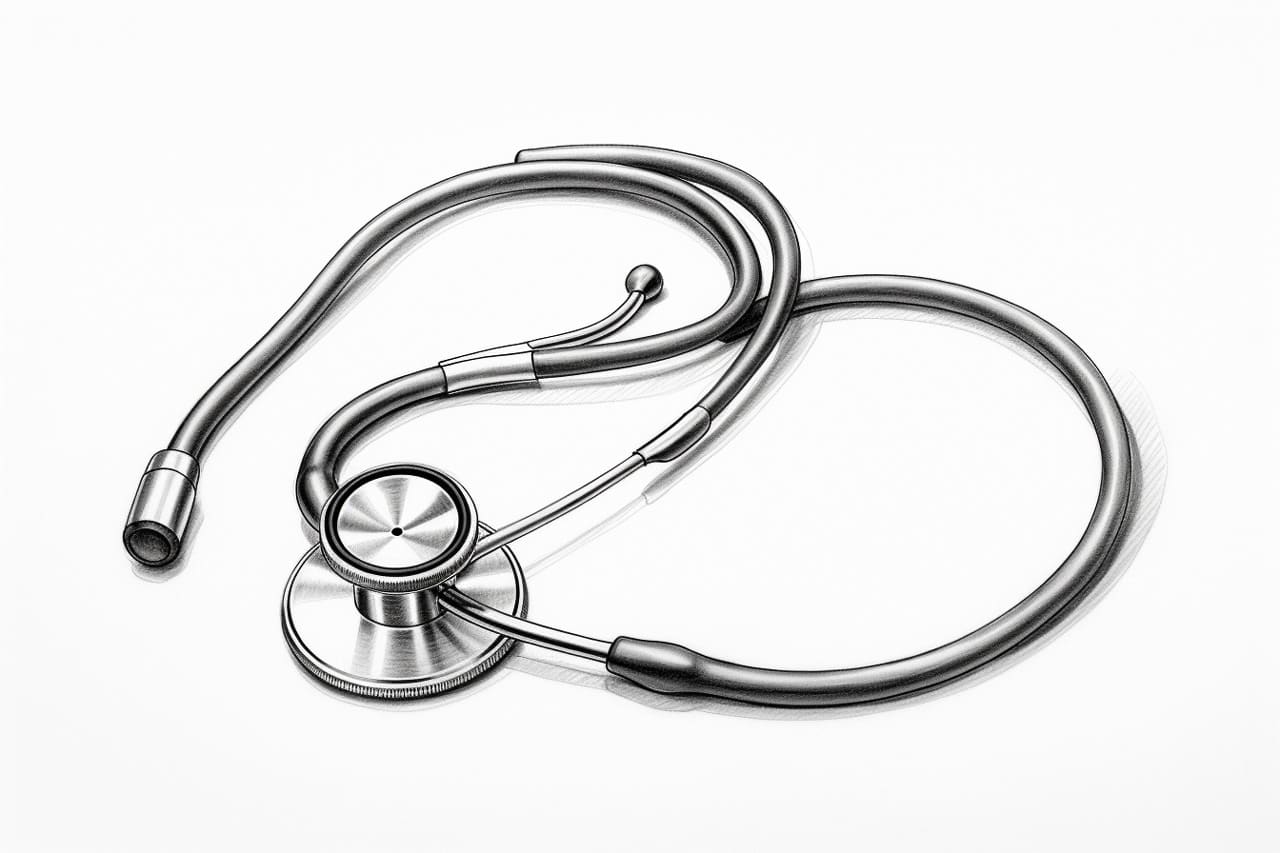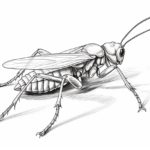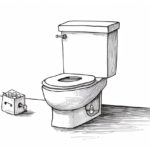Drawing is a wonderful form of self-expression and creativity. Whether you are an experienced artist or just starting out, learning to draw different objects can be a fun and rewarding experience. In this tutorial, we will guide you through the process of how to draw a stethoscope, a simple yet essential medical instrument. By following these step-by-step instructions, you will be able to create a realistic and detailed drawing of a stethoscope. So, let’s get started!
Materials Required
To draw a stethoscope, you will need the following materials:
- A pencil
- A sheet of paper
- An eraser
- A ruler
- Colored pencils or markers (optional)
Step 1: Draw the Basic Shape of the Stethoscope
Start by drawing a long, slightly curved vertical line. This line will serve as the main body of the stethoscope. Make sure to leave some space at the bottom for the earpieces.
Step 2: Add the Earpieces
At the bottom of the vertical line, draw two small circles, slightly tilted towards each other. These circles will represent the earpieces of the stethoscope. Make sure to leave some distance between them.
Step 3: Draw the Tubing
Connect the earpieces to the main body of the stethoscope by drawing two curved lines. These lines will represent the tubing. Start from the outer edges of the earpieces and gradually bring the lines closer together as you move upwards towards the main body.
Step 4: Add the Diaphragm
Just below the tubing, draw a slightly elongated oval shape. This shape will represent the diaphragm of the stethoscope, which is the part that is placed on the patient’s body to listen to sounds. Make sure to leave some space between the diaphragm and the tubing.
Step 5: Refine the Shape of the Stethoscope
Using your pencil, go over the basic shapes you have drawn so far and refine their outlines. Make them more defined and clean. Smooth out any rough edges or irregularities to give your drawing a polished look.
Step 6: Add Details to the Earpieces
To make the earpieces look more realistic, add some details. Draw a small curved line inside each earpiece to represent where they enter the ear. You can also add some shading or highlights to create depth and dimension.
Step 7: Enhance the Tubing
Add some details to the tubing to make it look more lifelike. Draw a series of small circles or dots along the length of the tubing to represent the texture or ridges. This will help to give the impression of a flexible and coiled tube.
Step 8: Refine the Diaphragm
To make the diaphragm look more realistic, add some texture and shading. Draw small curved lines or cross-hatching inside the oval shape to represent the membrane of the diaphragm. You can also add some shading around the edges to create depth.
Step 9: Finalize the Details
Take a moment to review your drawing and make any necessary adjustments or refinements. Erase any unnecessary guidelines or stray lines. Add any additional details or shading to enhance the overall appearance of your drawing.
Conclusion
Congratulations! You have successfully learned how to draw a stethoscope. By following these step-by-step instructions, you have created a realistic and detailed representation of this essential medical instrument. Remember, practice makes perfect, so keep honing your drawing skills by exploring other objects and subjects. With time and dedication, you will continue to improve your artistic abilities. Happy drawing!









